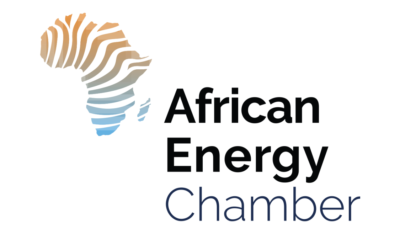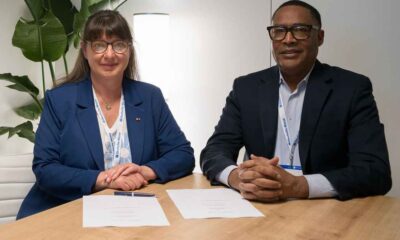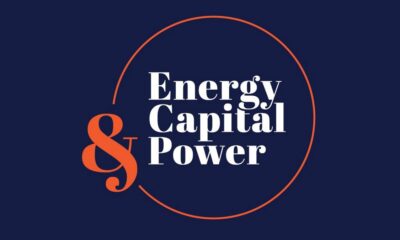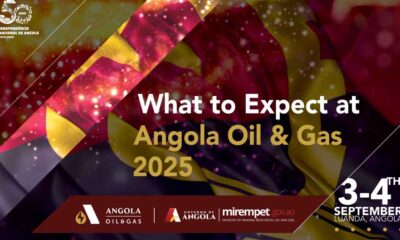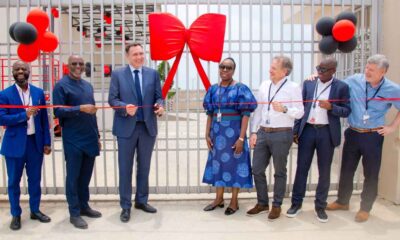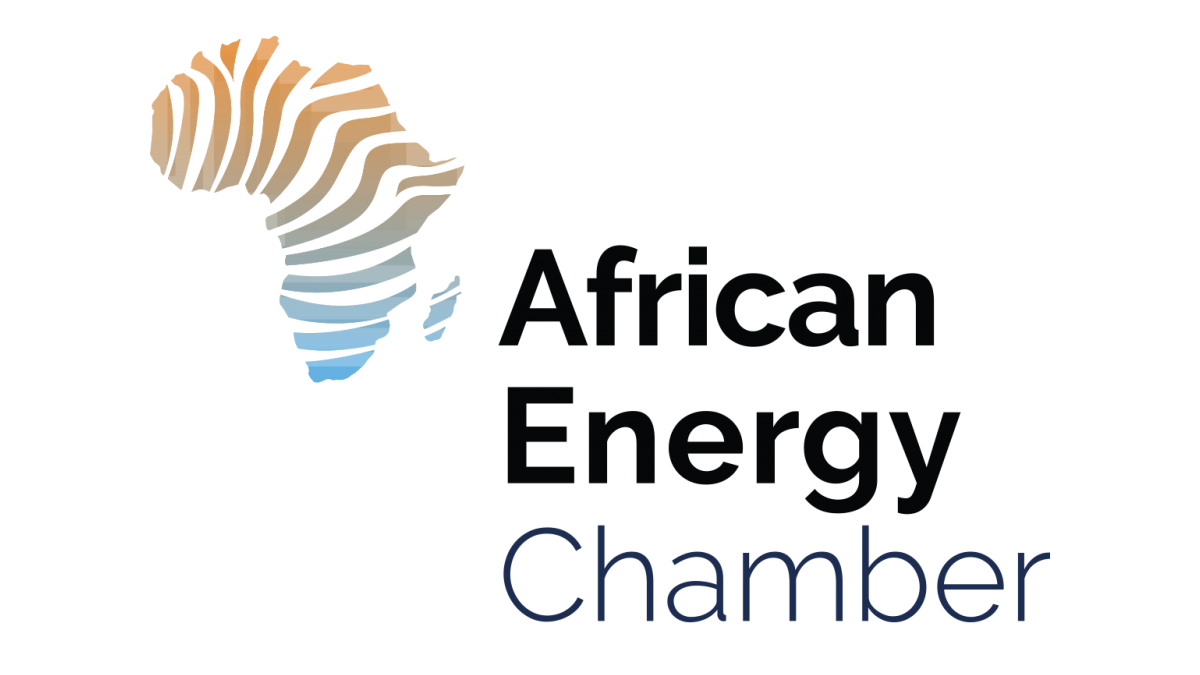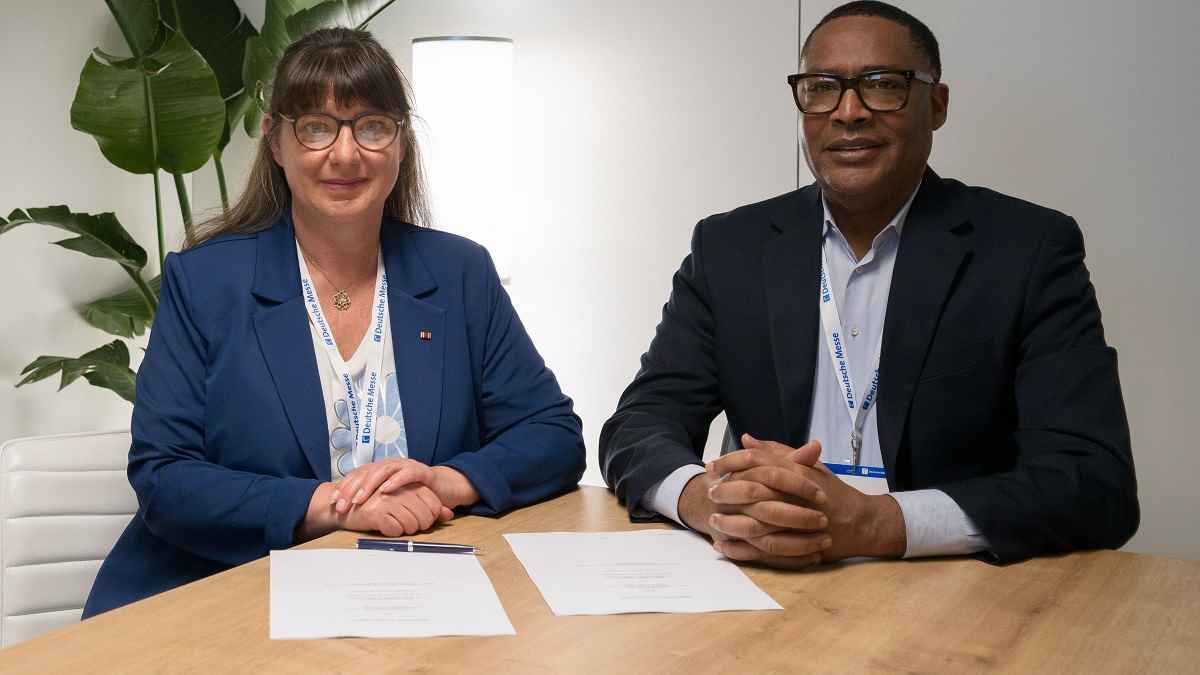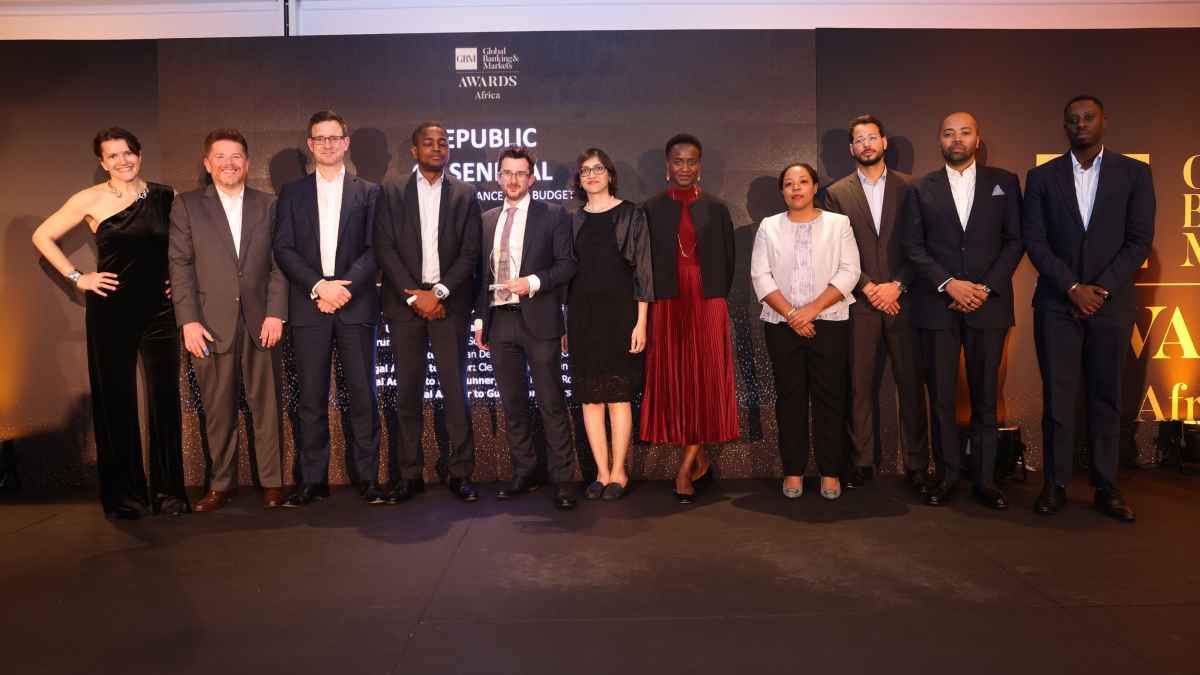The initiative, dubbed ‘Mission 300’ (M300), represents an unprecedented collaboration between the African Development Bank and the World Bank Group, alongside other global partners
ABIDJAN, Ivory Coast, January 24, 2025/APO Group/ —
- Exceptional World Bank Group-African Development Bank (www.AfDB.org/en) Collaboration to Connect 300 million People to Electricity by 2030
- Dar es Salaam Energy Summit to Chart Pathways for Energy Transformation
In a continent where millions of homes are still shrouded in darkness each night, a groundbreaking initiative is sparking hope. Next week, African and global changemakers will converge in Dar es Salaam, Tanzania, for the inaugural Africa Heads of State Energy Summit, where they will commit to an ambitious project to connect 300 million Africans to electricity by 2030.
The initiative, dubbed ‘Mission 300’ (M300), represents an unprecedented collaboration between the African Development Bank and the World Bank Group, alongside other global partners. The project aims to bridge the continent’s vast power divide by leveraging cutting-edge technology and innovative financing.
Several heads of state and Government from Africa and the rest of the world, will join 1,500 other participants—with strong representation from the private sector—at the January 27-28 summit. Together, they will chart Africa’s course toward universal access to affordable, reliable, and sustainable energy by 2030.
This initiative comes at a critical time: nearly 600 million Africans, representing a staggering 83 percent of the world’s energy-deprived population, lack access to electricity.
“No economy can grow, industrialize, or be competitive in the dark,” declared African Development Bank Group President Dr. Akinwumi Adesina. “This partnership is a game changer for Africa’s development.” Mission 300, launched at the World Bank/IMF Spring Meetings 2024, also has the backing of the Group of Seven (G7) and the G20.
Next week’s summit is expected to yield two significant outcomes: the Dar es Salaam Energy Declaration, stating commitments and reform actions from African governments to reform the energy sector, and the first set of National Energy Compacts, which will serve as blueprints for country-specific transformations.
Under the first phase of Mission 300, twelve countries will present their energy compacts: Chad, Côte d’Ivoire, the Democratic Republic of the Congo, Liberia, Madagascar, Malawi, Mauritania, Niger, Nigeria, Senegal, Tanzania, and Zambia. These countries represent more than half of the global population lacking access to electricity and a quarter of those lacking clean cooking solutions. Other African countries are expected to develop their compacts in subsequent phases.
No economy can grow, industrialize, or be competitive in the dark
The two-day gathering will also highlight energy sector successes in selected countries, establish an alliance of sector stakeholders to accelerate energy infrastructure investments, and strengthen regional power planning, market trade, and policy frameworks. These efforts will support the implementation of the Continental Master Plan and the African Single Electricity Market.
World Bank Group President Ajay Banga outlined a three-pronged approach for success: “We need action from governments, financing from multilateral development banks, and investment from the private sector.”
Already, the Global Energy Alliance for People and Planet and The Rockefeller Foundation have committed $10 million to technical assistance for electricity projects across 11 African nations—from Nigeria’s bustling cities to Madagascar’s remote villages—while energizing initiatives within COMESA, Africa’s largest regional economic community.
Pioneering Role
As Africa’s premier development finance institution, the African Development Bank Group brings substantial experience to the M300 initiative. The Bank’s current portfolio and pipeline of energy projects are forecast to deliver access to 43 million connections. Under Mission 300 and the Bank’s new Ten-Year Strategy, this will increase to 50 million connections, complemented by the World Bank’s pledge of 250 million connections by 2030.
The Bank’s track record includes landmark projects such as Kenya’s Lake Turkana Wind Power Project, which added 310 megawatts to the country’s capacity. Another ambitious effort, the Desert to Power (D2P) initiative, aims to transform Africa’s vast, sun-drenched Sahel region into a solar energy powerhouse spanning 11 countries, connecting 250 million people.
Recent successes under the D2P initiative include a $302.9 million loan co-financing for a solar power plant and electricity interconnection project between Mauritania and Mali. This project is expected to benefit 100,000 households. Through its Sustainable Energy Fund for Africa (SEFA), the Bank has supported green mini-grid projects across the continent.
As Africa works toward universal access to affordable, reliable, and sustainable energy by 2030, Mission 300 offers more than infrastructure development. For millions of Africans who have never known reliable electricity, it represents the promise of transformation—not just of the energy landscape but of daily lives.
The continent’s leaders and changemakers gathering in Dar es Salaam next week will set the stage for Africa’s electrification revolution. The partnerships forged and commitments made there will shape the continent’s journey toward achieving universal energy access, transforming millions of lives, and driving sustainable development.
“The entire world will be watching us,” Adesina said in anticipation.
Join in the conversation via our X Space live (http://apo-opa.co/42KL4wX) today.
Learn more about Mission 300 and the Africa Energy Summit here (http://apo-opa.co/3CbevgL).
Distributed by APO Group on behalf of African Development Bank Group (AfDB).
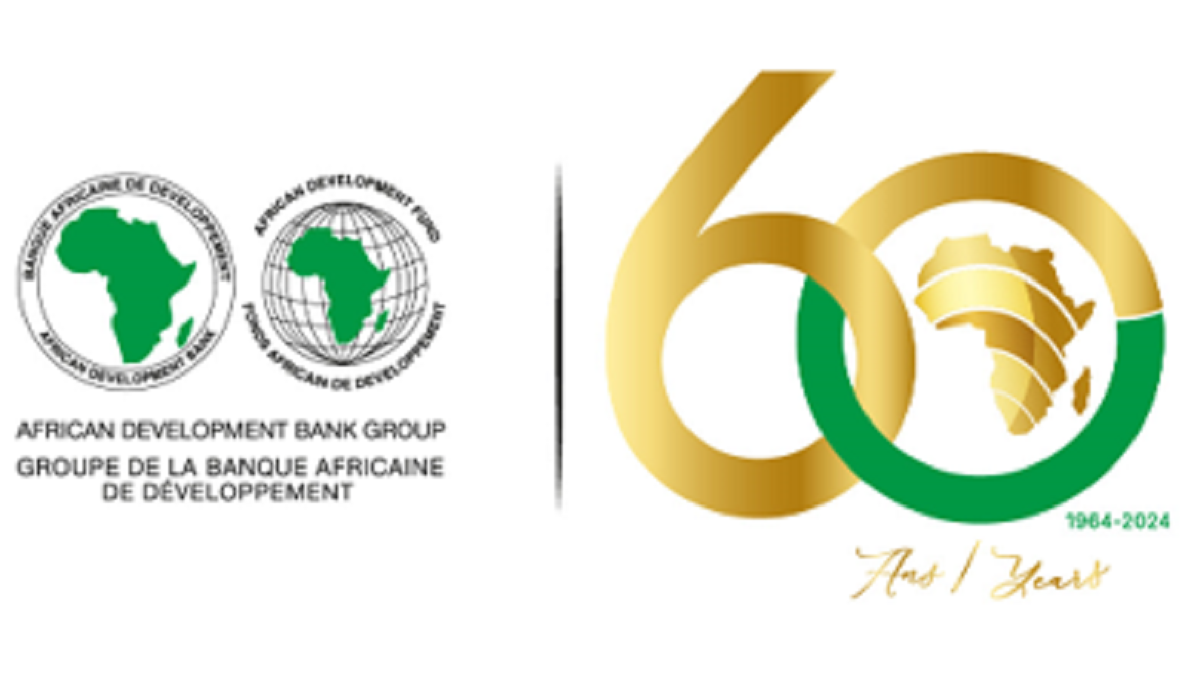
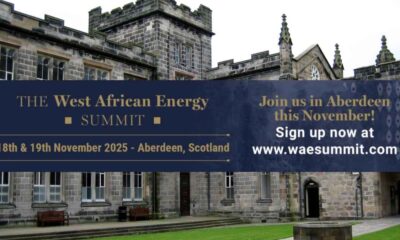
 Business4 days ago
Business4 days ago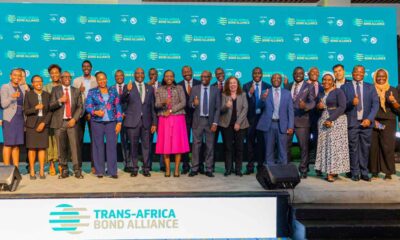
 Business4 days ago
Business4 days ago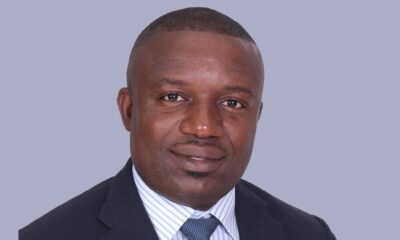
 Business2 days ago
Business2 days ago
 Business2 days ago
Business2 days ago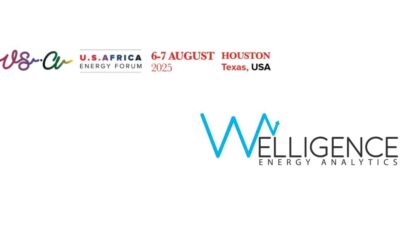
 Business2 days ago
Business2 days ago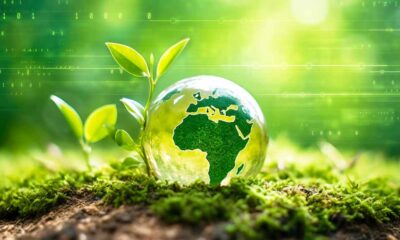
 Business2 days ago
Business2 days ago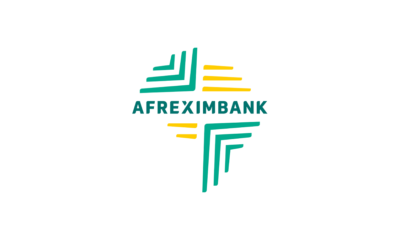
 Business2 days ago
Business2 days ago
 Business2 days ago
Business2 days ago
